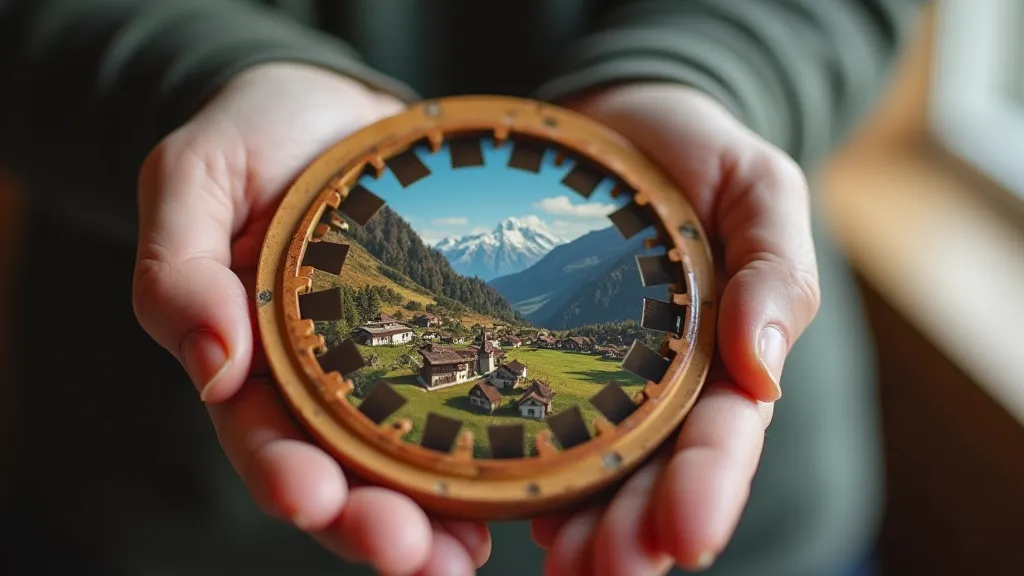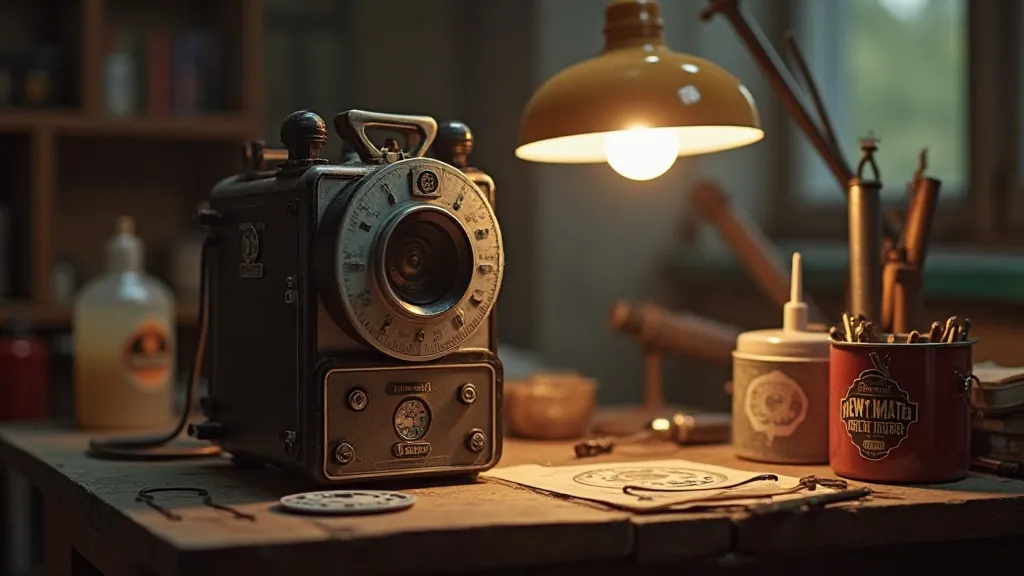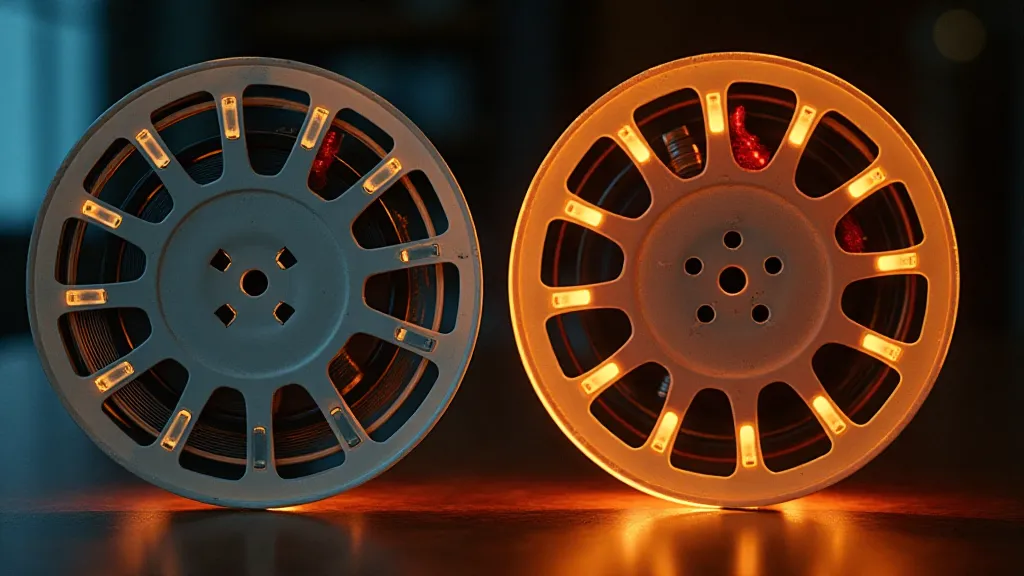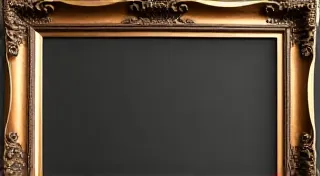Chromatic Apotheosis: Reclaiming the Palette of a Faded View-Master
There's a peculiar magic held within a set of View-Master reels. It’s not simply the whirring click of the mechanism or the illusion of three-dimensional wonder they produce; it's the portal they offer – a glimpse into worlds long past, preserved in fragile, circular frames. As a collector for over two decades, I've seen countless reels, each whispering tales of childhood vacations, historical events, and the boundless imagination of those who created and experienced them. But the inevitable march of time leaves its mark. Sunlight, humidity, and careless handling can leech the vibrancy from these memories, leaving them muted and faded. The true artistry, then, lies not just in repairing a View-Master reel, but in restoring it – in bringing back the chromatic splendor that was once there.
The View-Master, a simple yet ingenious device, emerged from the ingenuity of William Benjamin See and John Norris in the 1930s. Initially intended to showcase scenic postcards, it quickly evolved, captivating a generation with its ability to transform flat images into immersive experiences. To hold a View-Master reel is to hold a piece of Americana – a tangible link to a simpler era, when family vacations were treasured events and the world felt vast and full of possibility. When those vibrant colors begin to dull, something precious is lost.

The Culprits of Chromatic Decline
Understanding *why* View-Master reels fade is the first step in the restoration process. Several factors contribute to this unfortunate decline. Ultraviolet light is a major offender. It breaks down the dyes within the film, causing them to shift towards yellows and browns. Humidity accelerates this process, as moisture encourages chemical reactions that weaken the film. Improper storage, often in humid basements or sun-drenched attics, is a common cause. Handling, even with the best intentions, can introduce oils and fingerprints that damage the delicate film surface. Finally, the quality of the original dyes themselves varied; some reels were simply manufactured with less stable dyes than others, making them inherently more susceptible to fading.
Beyond Repair: A Philosophy of Chromatic Resurrection
Many consider View-Master reel "repair" to be merely addressing physical damage – fixing cracked frames, replacing broken sprockets, or gluing loose film strips. And certainly, those repairs are crucial. But true restoration goes deeper. It's about bringing back the *life* of the image. It's a philosophy that moves beyond functionality and embraces aesthetics. For me, the goal isn's just to have a working reel; it’s to have a reel that evokes the same sense of wonder it did when it was new.
The Gentle Art of Rejuvenation: Techniques for Color Revival
Restoring color in View-Master reels is a delicate process, requiring patience, careful observation, and a willingness to experiment. Several methods exist, each with its own advantages and disadvantages. Direct chemical restoration is generally discouraged; harsh chemicals can easily damage the film beyond repair. A far gentler approach is often more effective.
One popular technique involves careful cleaning. This isn’t just a surface wipe-down; it’s a meticulous process of removing accumulated dust, grime, and even the oils from decades of handling. Distilled water, applied with a soft, lint-free cloth, is often the starting point. For more stubborn residue, a very diluted solution of mild dish soap (avoiding those with bleach!) can be cautiously employed. The key is to use as little liquid as possible and to dry the film thoroughly afterwards, preferably in a dust-free environment.
Another technique, often employed for reels with significant yellowing, involves controlled exposure to specific wavelengths of light. This process, akin to photosynthesis in reverse, aims to re-energize the faded dyes. While the science behind it is complex, the principle is relatively straightforward: certain colors absorb specific wavelengths of light, and by exposing the reel to these wavelengths, it’s possible to partially reverse the fading process. This method requires specialized equipment and a deep understanding of color science, and it's best left to experienced restorers.
The use of digital restoration is also increasingly common. By carefully scanning the reel and digitally manipulating the colors in image editing software, it’s possible to create a vibrant, restored version of the image. While this doesn’s return the original physical reel to its former glory, it does preserve the visual memory for future generations. I often use this method alongside physical restoration, using the digital image as a guide to inform my cleaning and exposure techniques.

The Value of Preservation: More Than Just a Toy
Collecting and restoring View-Master reels is more than just a hobby; it’s an act of preservation. These reels represent a unique window into the past – a visual record of places, events, and people that might otherwise be lost to time. Each reel holds a story, and by restoring them, we ensure that these stories continue to be told. The dedication required to restore a reel isn't just about the technical skills, it’s about appreciating the artistic intention behind the original creation and respecting the historical context in which it was produced.
A Collector's Insight: Identifying Rare Reels
While the restoration process is rewarding, knowing *what* you're restoring is equally important. Certain View-Master reels are significantly rarer and more valuable than others. Early releases, reels depicting historical events (like the Kennedy assassination or the moon landing), and reels from obscure or short-lived series are particularly sought after. Identifying these rare reels requires careful research and a keen eye for detail. Check for unique identifiers, such as the production code stamped on the back of the reel or any unusual markings on the frame. Online forums and collector communities are invaluable resources for identifying and valuing rare View-Master reels.
Restoring a View-Master reel is not a quick or easy task. It demands patience, attention to detail, and a genuine appreciation for the history and artistry of these remarkable artifacts. But the reward – the sight of a faded image blooming back to life, the glimpse into a world long past – is well worth the effort. It's a form of alchemy, transforming something faded and forgotten into a vibrant testament to the enduring power of memory and imagination.






